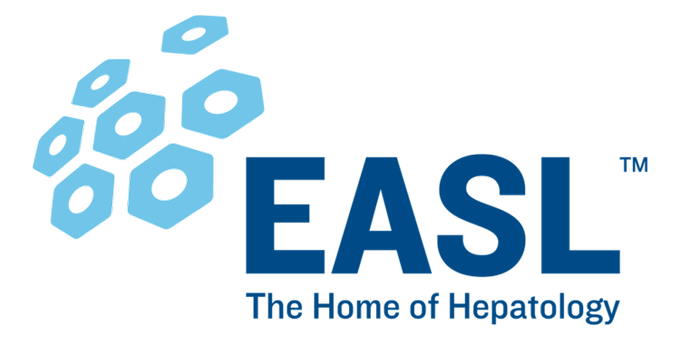Hepatires Virais 2014
Introduction
Hepatitis C virus (HCV) infection is one of the main causes of
chronic liver disease worldwide. The long-term impact of HCV
infection is highly variable, from minimal changes to extensive
fibrosis and cirrhosis with or without hepatocellular carcinoma
(HCC). The number of chronically infected persons worldwide is
estimated to be about 160 million, but most of them are unaware
of their infection. The implementation of extended criteria for
screening of HCV, such as targeting birth cohorts, is the subject
of major debate among different stakeholders. Clinical care for
patients with HCV-related liver disease has advanced considerably during the last two decades, thanks to an enhanced understanding of the pathophysiology of the disease, and because of
developments in diagnostic procedures and improvements in
therapy and prevention.
These EASL Clinical Practice Guidelines (CPGs) are intended to
assist physicians and other healthcare providers, as well as
patients and other interested individuals, in the clinical decision-making process by describing the optimal management of
patients with acute and chronic HCV infections. These guidelines
apply to therapies that are approved at the time of their publication. Two protease inhibitors (PIs) have completed phase III
development for patients infected with HCV genotype 1, and
are currently registered for use in Europe and elsewhere. Therefore, these EASL CPGs on the management of HCV infection have
been updated to include guidance on the use of these two drugs,
and will be updated regularly based on approval of additional



